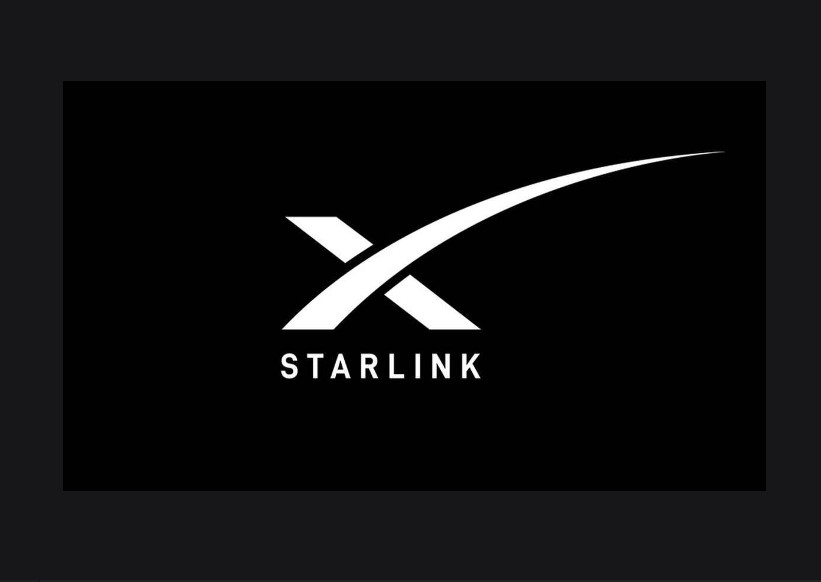Not to be left behind in the global satellite internet tech race, Space Exploration Technologies Corp-owned Starlink claims to have achieved internet speeds as those of regular broadband. Starlink had an average Q2 download speed of 97.23 Mbps, meaning it took about a minute to download a film.
According to a report prepared by mobile and broadband network intelligence company, Ookla’s flagship network testing platform Speedtest states that Elon Musk’s company had the fastest satellite internet speeds, beating HughesNet and Viasat.
HughesNet was a distant second at 19.73 Mbps (15.07 Mbps in Q1 2021) and Viasat third at 18.13 Mbps (17.67 Mbps in Q1 2021). The median download speeds fast enough to handle most of the needs of modern online life at 97.23 Mbps during Q2 2021 (up from 65.72 Mbps in Q1 2021).
But it is interesting to note that none of these are as fast as the 115.22 Mbps median download speed for all fixed broadband providers in the U.S. during Q2 2021, but it beats digging twenty miles (or more) of trench to hook up to local infrastructure.
Starlink’s median upload speed of 13.89 Mbps (up from 13.77 Mbps in Q1 2021) was much closer to that on fixed broadband (17.18 Mbps in Q2 2021, 15.99 Mbps in Q1 2021). Viasat had the second-fastest upload speed among satellite providers at 3.38 Mbps (3.48 in Q1 2021). HughesNet was third (2.43 Mbps in Q1 and Q2 2021).
The satellite internet race is heating up across the globe as there is a strenuous effort to link remort parts of various countries. Its application in India will be far reaching as the country’s infrastructure is in pathetic to connect remote villages.
Elon Musk’s space-based network able to beam internet down from its low earth orbit (LEO) satellite constellation of 1,650 satellites in orbit, recorded an average download speed of 97.23 megabits per second (Mbps) in the second quarter of 2021. At altitudes between 550-1200 km, these satellites are physically closer to the earth’s surface than traditional satellite providers.
Starlink was the only satellite internet provider with a median latency that was anywhere near that seen on fixed broadband in Q2 2021 (45 ms and 14 ms, respectively). A low latency connection is more responsive, making it essential for many common applications such as voice and video calling, gaming and live streaming of content.
As of now, Starlink offers beta services in 11 countries including the US, Australia, New Zealand, and parts of Europe. SpaceX’s goal is to launch satellites around 42,000 Starlink to Orbit Earth low by mid-2027. Starlink already built ground stations in Cornwall and Buckinghamshire. Recently, the UK government also gave it a licence to build a ground station on the Isle of Man.
Globally mobile users are used to incremental increases in fixed broadband performance as it is a developed technology with a stable market share. Satellite internet is newer and speeds fluctuate as technologies improve and as more users are added to sometimes crowded networks.
Speaking at the Mobile World Congress trade show in Barcelona in late June, Elon Musk informed that Starlink will get global coverage by August 2021. However, Indians are expected to receive its service by 2022. As part of the strategy, Stralink rolled out pre-reservation invites in India last February. The company is accepting a deposit fee of $99 for the connection, including the purchase of the Starlink equipment.
According to telecom analysts, Starlink’s satellite internet service will cost around Rs 7,000 per month for Indian customers, starting 2022. If the company is able to provide the speed, Indian consumers will all heartedly accept the new service.





